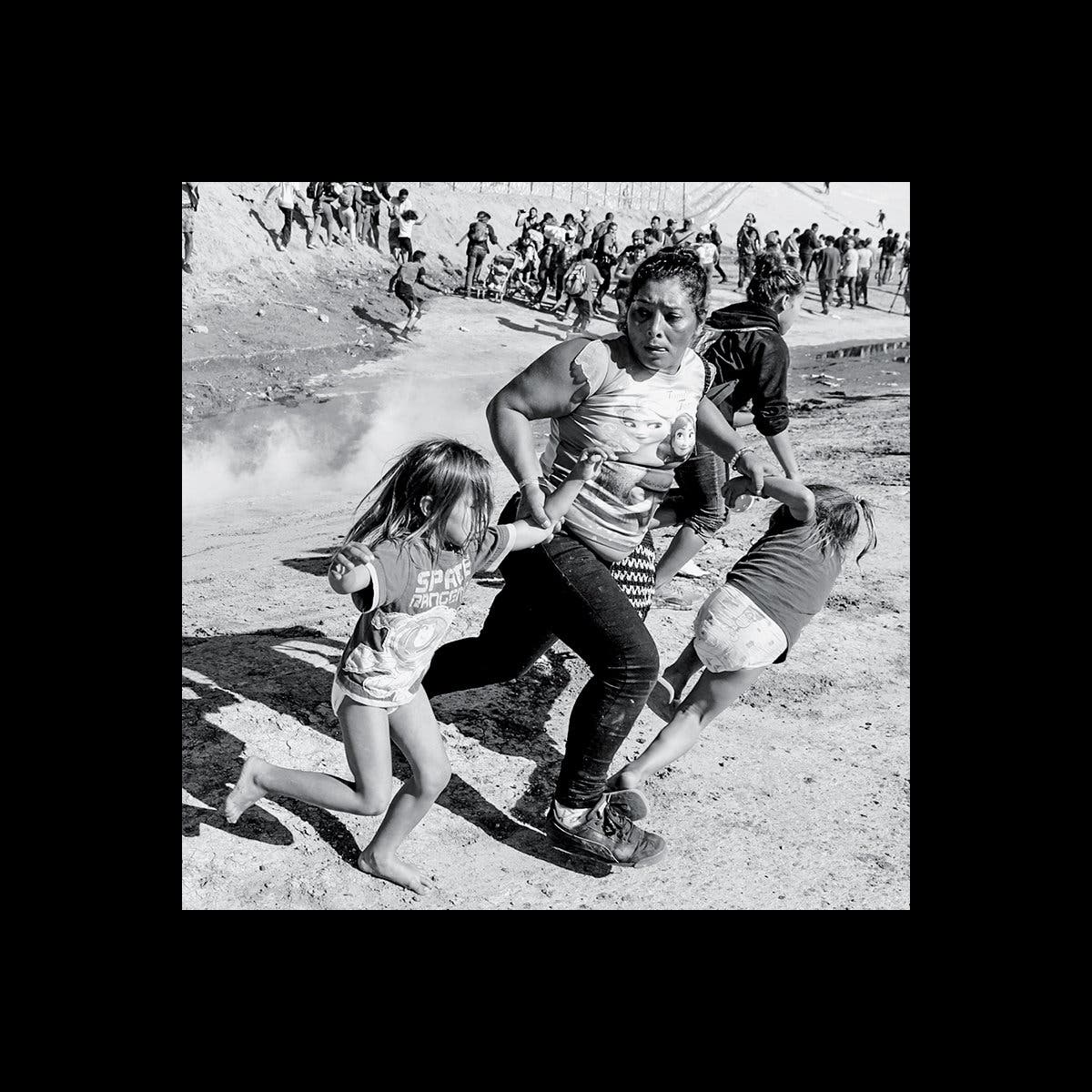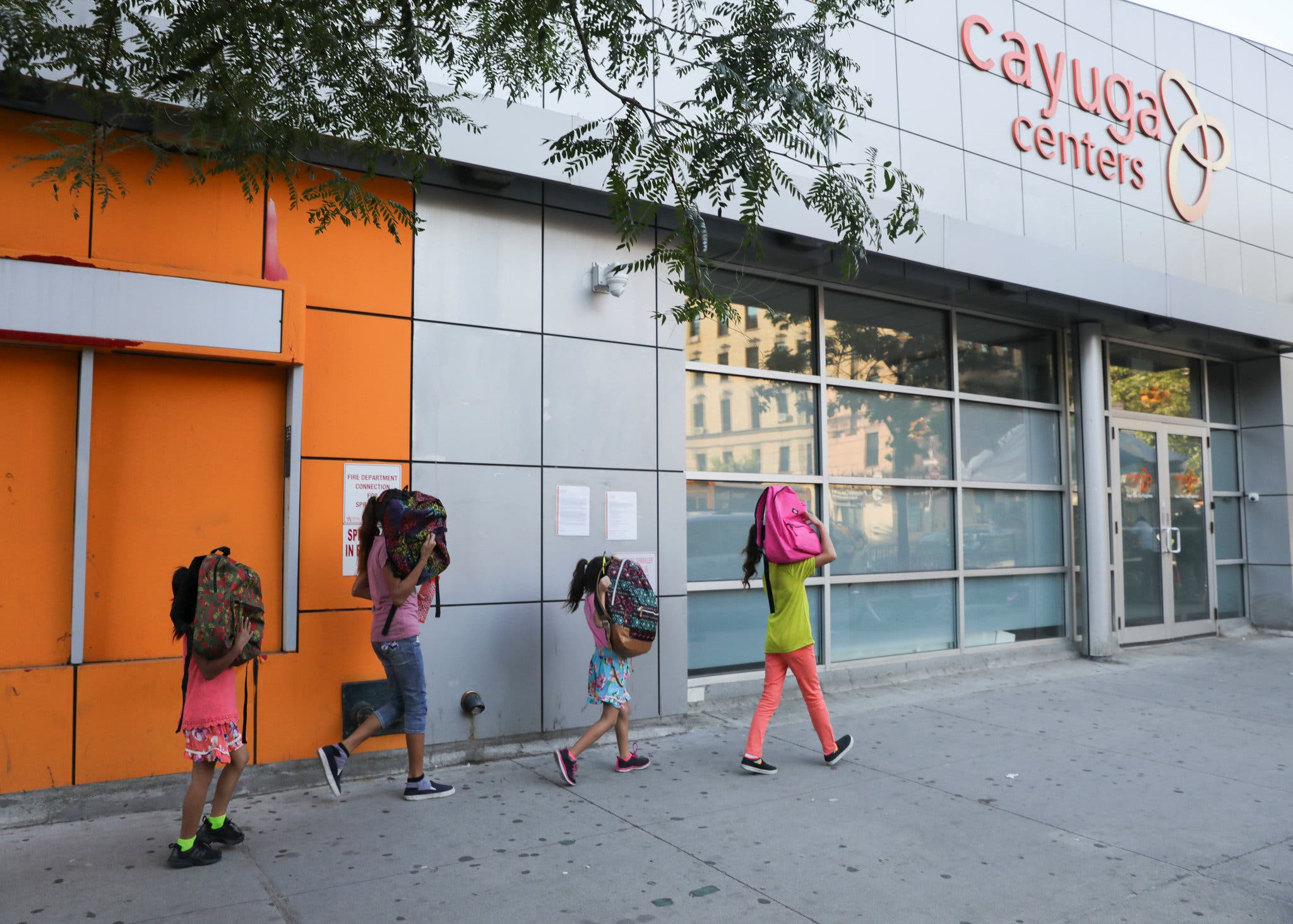
Just how large was the magnitude of Central American family separations under the Zero Tolerance Policy?
Between Jan. 2018 and March 2019, a record of 3170 children were separated from their parents at the US-Mexican border.
Parent criminal history (8.4), parent immigration history (0.9), a combination of both (0.6), parent gang membership (1.2), parent health issues (1.2) and other reasons (1.2) were cited as the reasons for only 13% of the family separations.
The Zero Tolerance Policy was cited as the reason for 87% of these family separations.
The Height of Family Separations
What is the Zero Tolerance Policy?
While family separations at the border were taking place long before the implementation of the Zero Tolerance Policy, they grew greatly during 2018 and the years following. This is a consequence of the Trump administration passing a Zero Tolerance Policy with regards to immigration from May 2018 to June 2018 after its original proposal in April 2018. Under the Trump administration's "zero-tolerance" policy, the Department of Justice began to criminally prosecute all suspected illegal border-crossers for illegal entry, even those who crossed for the first time. As a result, migrants seeking entry at the border were arrested for any minor infraction at the discretion of border control. There were no exceptions to this policy, including for asylum seeker seeking a legal pathway to entering the country, and companions who were minors. This lead to widespread prosecution and family separations, particularly impacting Central American migrants from the Northern Triangle, countries of Guatemala, Honduras, and El Salvador. Throughout this time, there was a large blame game over the mistreatment of migrants trying to enter the country, although the separations were overwhelmingly a direct consequence of the policy.

A tweet posted by former President Trump in May 2018 criticizing the Democrats for their actions in separating families at the border, ironic to his proposed policy.
67.8
What did family separations entail?
Because of the Zero Tolerance Policy, over 3000 families were separated. Once reaching the border, children were sent to shelters run by the Department of Health and Human Services, which were sometimes even non profit organizations. This is despite the common belief that these shelters are ICE facilities. However, the conditions are still often inhumane, with shelters being over capacity and failing to meet basic health standards. Children as young as a few months old were separated from their parents. From a humanitarian standpoint, this is unacceptable, especially for a first world country with greater resources than these migrants' countries of origin have. The profit coming in from these shelters from family separations just shows how deportation is a billion dollar industry.

Migrants overcrowding in a Border Patrol station in McAllen, Tex., on June 10. Image courtesy of Getty Images
88.5%
When this all becomes public knowledge...
In 2018, the American Immigration Council filed a request for information on child separations through the Freedom of Information Act. As a result, they were able to obtain data sourced from ICE including demographics, facility locations, duration of stay, and reasons for separation for shelters all across the country.
By analyzing this data, our group hopes to identify the lasting impacts of the policy even though it was only officially in place for a few months. Additionally, we want to bring more awareness to the issue of family separations at the border.
Interpreting the data
There are some key statistics that we chose to focus on within the
dataset by displaying in our dashboard for each facility including the
average duration of separation and reunification rate.
The average duration of separation across all facilities was 67.8 days.
The average reunification rate across all facilities was 88.5%.
Although the high reunification rate seems promising, being
separated from your families and sent to an unknown location for
more than 2 months can be a challenging and potentially traumatic
experience.

Migrants fleeing tear gas fired by C.B.P. officers near San Diego on Nov. 25, 2018. Courtesy of Kim Kyung-Hoon from Reuters
Limitations and Nuances
In this piece, we attempt to compare and contrast statistics of different facilities in an effort to judge the quality of each. We quickly realized that making these conclusions was difficult and, in some cases, problematic. Some facilities present themselves as non-profit organizations providing children with a place to stay when politics interfered in their lives. Some are not. Making these distinctions can be difficult as most all facilities with online presences present themselves with bright colors and feel-good quotes. For other facilities, there is no information to be found. Not even location data. We were forced to exclude these obscure facilities from the map visualization below. By the same token, the dataset contains little information on the conditions faced by children while within these facilities. Even more discouraging is the lack of bookkeeping on the status of the discharged minors. The dataset gives information on if a particular child was reunited with parents, or if they are still admitted to the facility. A third, more worrying option is “discharged under other appropriate circumstances.” The vague nature of this response and the fact that this option is recorded for 20-30 percent of cases on average is striking and something that can cast doubt on the facility’s record-keeping abilities. Regardless, what we want to show here through the visualizations is that children separated due to the zero-tolerance policy ended up at facilities across the country of which we have limited information. We believe there should be more public information available about different facilities so as to allow for greater accountability. We encourage users to explore the visualization, compare statistics to between facilities or to the averages and do further research on particular facilities.

